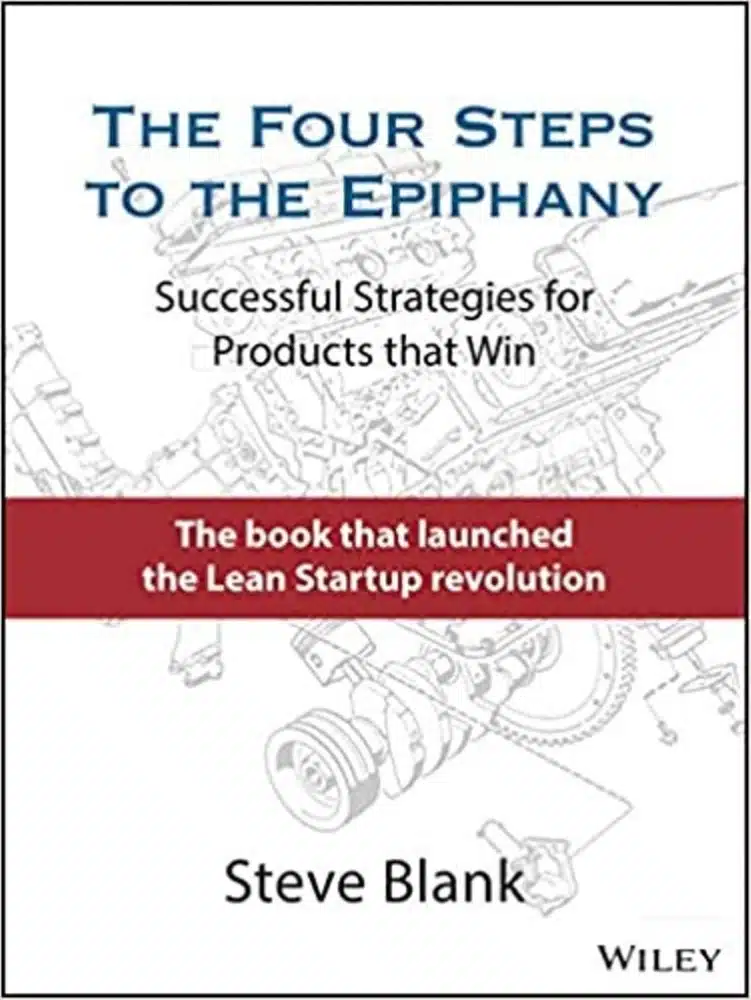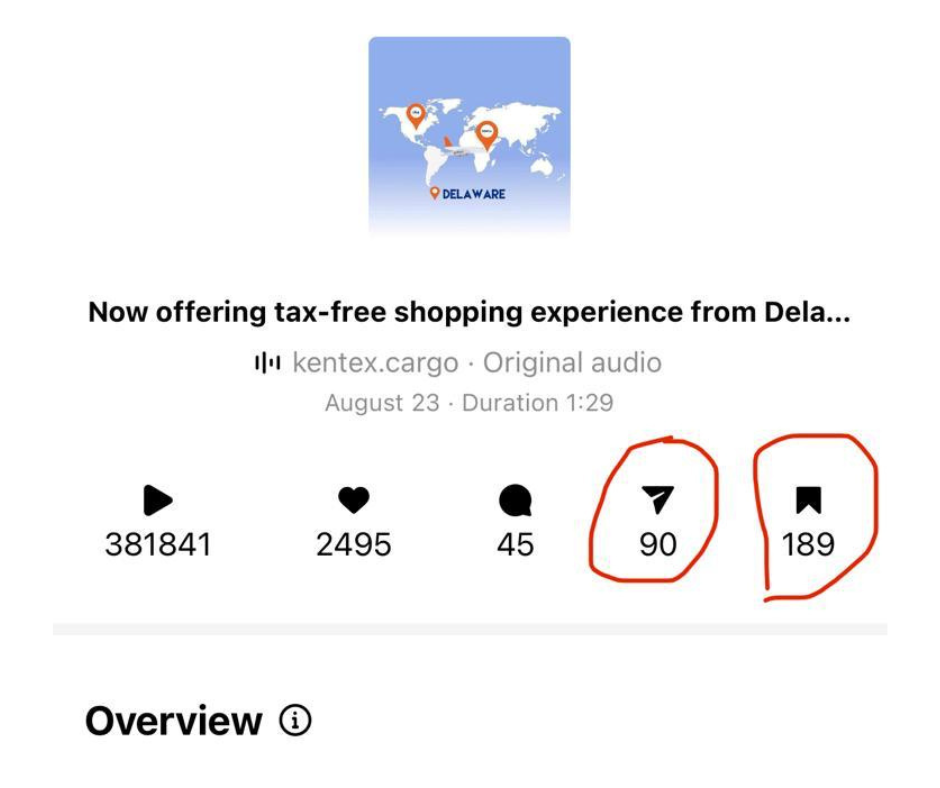You've probably thought about starting a business in Kenya but how to go about it became the impediment.
You probably want to start a business in Kenya but are unsure if your idea or your product would work; if it doesn't, you lose your hard-earned capital.
You probably would like to start a business in Kenya similar to one you really admire - just because you see a lot of customers there or you think they are making a lot of money.
A short story about Mr. Titus.
Growing up in Central villages of Kenya, there was a guy we called Mr. Titus.
Mr. Titus was a primary school teacher who also owned the biggest shop in the small village I grew up in.
He walked briskly and smoked Embassy cigarettes, a sign of well-being and prestige. We respected and admired Mr. Titus and as kids, no one dared mention his name without the salutation: Mr.
We literally admired his lifestyle, which made me dream that one day, I'd want to own a store just like Mr. Titus's.
Today, I do not own such a business because, over time, I have discovered that almost anyone with access to the internet can start and succeed in business in Kenya.
In this detailed guide on how to start a business in Kenya, You'll learn:
How to completely disregard the so-called business plan before you start - and succeed
How to test if your idea is going to work before you waste your hard-earned money
How to outperform existing businesses that only exist just because they copied another business
How to get paid before you even have a product by customers begging you for more.
Registering a proven business model in Kenya (Legal requirements)
For the purpose of this article, I will use beauty and cosmetics as the business example.
There are common stories like:
I tried so many businesses for so long before I got something that stuck. Ever heard such stories?
Steve Blank is an Ivy-League school professor at Stanford University who coined together a business model that works and never fails - eliminates the trial-and-error gamble.
Steve noticed that most successful entrepreneurs only succeeded past their 40s after so many mistakes (other than outlier college dropouts like Zuckerberg & Bill Gates) until they put the customer first.
A traditional business plan demands you write your guts out about how you think your business should be run.
It starts with complicated financial planning and if you have a big idea but little or no capital, according to the traditional business plan model, your idea is dead on arrival.
Steve Blank proved that a business plan should only be written as an operating document for an existing business and never before the first contact with the customer.
The traditional business plan ends with a marketing plan but Steve flipped that upside down and he wants you to start with discovering the customer first.

To successfully navigate through your business journey in Kenya, you've got to first understand the Kenyan market's unique characteristics and consumer behaviors.
You're not just starting a business; you're stepping into an intricate web of cultures, traditions, and distinct consumer patterns.
It's a market that thrives on authenticity and quality, particularly for beauty and cosmetics businesses.
In Kenya, the beauty and cosmetics industry is growing rapidly, giving you a unique opportunity.
Starting a beauty and cosmetics business in Kenya requires a deep understanding of the local market trends and the ability to offer high-quality, authentic American products that can stand out on the shelves.
Let's now assume that the cosmetics/beauty business is a lucrative business in Kenya. This assumption is called a business hypothesis - a tentative answer to a question that has not been proven yet.
Before you jump in signing expensive leases, borrowing loans to start a business, and making all your friends your enemies because of how much you owe them, Steve wants you to first, test if your idea is going to work or not.
In fact, these four steps pronounce Steve Blank's book called "The Four Steps to Epiphany".
This book changed my life - literally. I wasn't starting a shipping business, I had started an e-commerce website but I listened to what customers needed more. How to ship US products to Kenya, fast and affordably. That's how Kentex Cargo was born.
In the first step, Steve wants you to get out of your building, go to the streets, and talk to customers to find out if they would buy what you're thinking of selling to them.
Until you have overwhelming "YES" that they'd buy your product, you shouldn't start.
While you're talking to them, find out what else they'd want to buy or additional features they would want to have.
If such new products or features were not in your initial hypothesis, Steve wants you to quickly adjust or pivot to exactly what they want.
Because I love digital marketing and it is easy to collect data from millions, I prefer using social media platforms to collect data - for the first step - customer discovery.
Here is my method of doing it and you should copy/paste it...
Do this right now... go on ANY social media and follow one specific topic/account - doesn't matter.
If for example, you go on Instagram and follow beauty stores, by the time you have followed 10 of them, IG starts suggesting even more for you.
On your Facebook, go do the same - follow the same as you did on Instagram - you'll notice they'll suggest even more you never knew about.
Do the same on TikTok - follow or view content - say on how to cleanse acne face. You'll notice the algorithm will start bringing you more and more acne content.
Try it on Twitter - they all use machine learning - you start following and commenting on certain topics, more is poured on your timeline.
... and so are ads.
Can I get paid for spilling the beans?
Boom!

By Now..
Steve wants you to determine if the customers you found in step one are "One-night stand type" or if are they a true marriage.
He also wants you to determine if they are a handful or if they are plenty - like hyenas... we are many 😂
I like businesses where a customer keeps coming back for more and when they come, they see and wants more.
If you ship by air a lipstick and a lotion with us and you get it, the next time you need a phone, you're likely to use us - the same way you shipped your beauty products with us.
When you need bulk stuff for your new home for ocean shipping, you'll trust us to handle your shipments the same way we handled your lipstick and your second purchase.
You're a repeat customer ascending up the value chain.
In this case, our business model is repeat business.
We have never delivered a package to Maragua - Murang'a the last 9 years.
But we have dedicated riders to deliver in Kilimani, Kileleshwa, Lavington, etc - you get the point.
We also deliver a lot in Kisumu Dala 😂 and a few pockets in Mombasa like Nyali.
This is our buyer persona - Avatar based on residence.
You use Meta demographics to tell you even their age, marital status, and education level. That even determines the language you use when addressing them.
This is so powerful that we had to open a new tax-free warehouse in Delaware where our customers can shop in the USA without paying sales tax. We need to retain you.
We help you get clear & smooth skin (desired outcome) without using cancer-causing chemicals (parabens, etc) on the streets... A powerful emotion provoking & fear avoiding tagline.
I like using Zapier app to populate a spreadsheet with certain keywords so I can compare which keywords are more common. This is an advanced skill.
For example, At Kentex Cargo, we are willing to break even the first time a customer ships with us. They are very likely to ship the second and 10th time.
We compared "We ship from USA to Kenya" Vs " We help you avoid fakes and get quality name brand products" from USA to Kenya in a video ad and the results were like day and night.
HINT: Somewhere around this phase, if your data is compelling, it is time to register your company in Kenya. This time, you are not guessing if it will work or not, you know it will work.
I'm sure you're like - are not done yet?
The first step we discover that customers exist. The discovery phase.
In the second step, we validated them and we designed our business model.
We know they are out there but we have not created our own customers yet. This is what we'll work on in this step.
Hint: Due to advanced AI on Meta algorithms, do conversion ads right off the gate. You'll start making sales right away although you still need to create a lot of awareness as you sell.
Engaging Content Posts
Hint: My favorite metric is "Saves" and "shares" especially on Instagram. These are very good for retargeting with ads later

Limited-Time Offers & Promotions
Facebook Groups & Instagram Close Friends Feature
Collaborate with Complementary Brands
Sales-focused Retargeting Ads
Encourage Reviews and Shares
If you have read this blog post entirely - every word and you'd like to start a business in Kenya, Follow us on TikTok. I talk a lot about starting and running a business.
© Copyright 2021 Kentex Cargo All right reserved. Privacy Policy | Terms & Conditions